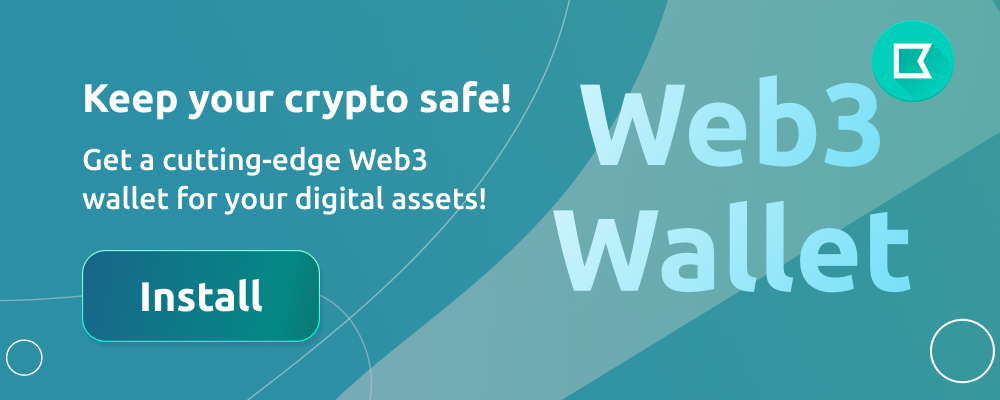

Bytom (BTM) Price and Reviews 2023
Bytom (BTM) is a blockchain project that aims to connect traditional industries with the world of blockchain. Bytom's main focus is on asset management and tokenization, which it achieves through its unique consensus algorithm, a hybrid of Proof of Work (PoW) and Proof of Stake (PoS). The platform's native token, BTM, is used for transactions, smart contracts, and other features.
In this review, we will explore Bytom's features and functionalities, as well as its strengths and weaknesses.
Tokenomics
Bytom's native token, BTM, has a maximum supply of 2.1 billion. About 1.4 billion of these tokens were distributed during its ICO, while the rest is set aside for mining rewards, the team, and marketing. Bytom uses a hybrid consensus algorithm that involves both PoW and PoS, with the PoS portion used to vote on transactions and blocks. By holding BTM, users can participate in the consensus process and receive staking rewards.
Asset Management
Bytom's main focus is on asset management and tokenization, allowing users to create and manage digital assets on the blockchain. Bytom provides a user-friendly interface for asset management and can tokenize real-world assets such as stocks, bonds, and commodities. Bytom's smart contract system allows for the creation of custom rules and conditions for assets, as well as the creation of digital assets with specific functionalities, such as dividends or voting rights.
Cross-Chain Interoperability
Bytom aims to be a hub for cross-chain interoperability, providing a platform for the exchange and management of different digital assets across different blockchain networks. Bytom is compatible with Bitcoin, Ethereum, and other popular blockchain networks, allowing for the easy transfer of assets between networks.
Technology
Bytom's hybrid consensus algorithm is unique, using both PoW and PoS to achieve consensus. Bytom's Proof of Work algorithm, designed specifically for asset management and tokenization, is called Tensority and is more efficient than Bitcoin's SHA-256 algorithm. Tensority allows for faster block generation times and lower energy consumption. Bytom also uses the UTXO (Unspent Transaction Output) model, similar to Bitcoin, which allows for better privacy and security.
Development and Adoption
Bytom has been actively developing its platform since its launch in 2017, and the team has made significant progress in advancing its technology and ecosystem. Bytom has formed partnerships with several companies, including Ant Financial and Huawei, to promote the adoption of its platform. Bytom has also established a developer community, which has contributed to the development of the platform's core technology and dApps.
Despite its promising features and functionalities, Bytom still faces some challenges in gaining wider adoption. One of the biggest challenges is the lack of awareness and understanding of the platform's capabilities, as well as the complexity of its asset management and tokenization processes. Bytom will need to continue to educate potential users and partners to drive adoption.
In conclusion, Bytom is a promising blockchain project that has the potential to revolutionize asset management and tokenization. Its unique hybrid consensus algorithm, cross-chain interoperability, and user-friendly interface for asset management make it an attractive platform for developers and users. While Bytom still faces challenges in gaining wider adoption, the team's dedication to developing its platform and ecosystem is a positive sign for the future of the project.

A coin with great potential. Fully interactive platform with the ability to integrate with other blockchains for more services.



